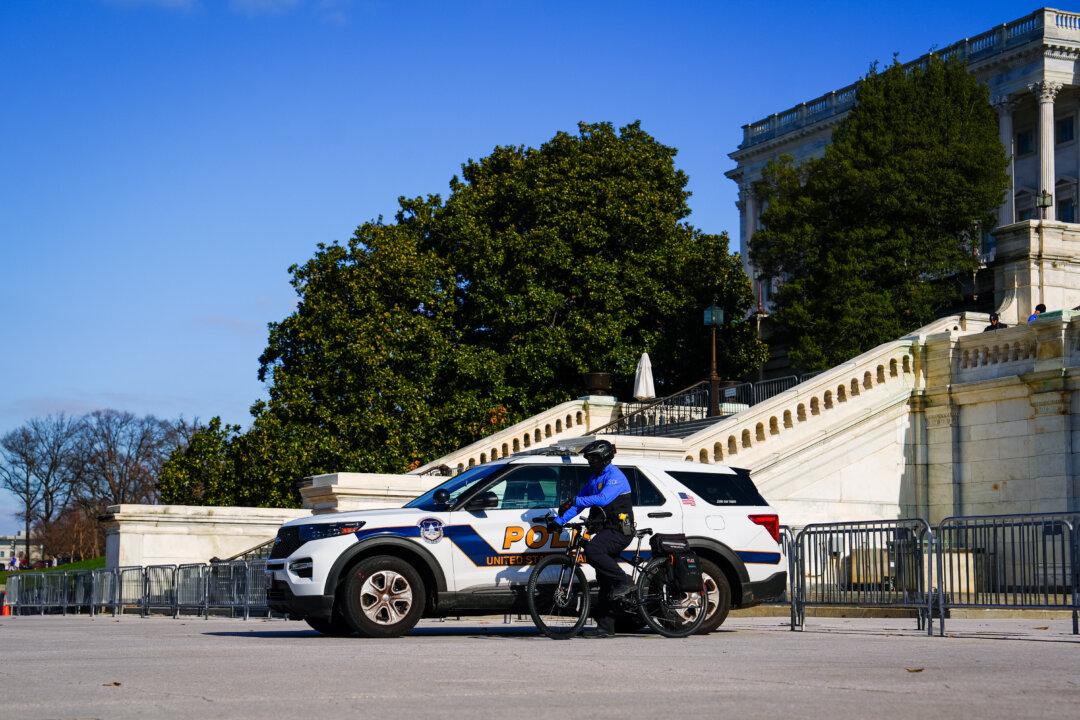The U.S. Capitol Police (USCP) launched a 180-day body-worn camera pilot program on Monday to protect its officers, promote de-escalation tactics, enhance service to Congress, and build public trust.
Around 70 volunteer officers, who primarily work outside the halls of Congress, will be equipped with body cameras throughout the program. Additionally, 11 USCP cruisers will be outfitted with dashboard cameras.





